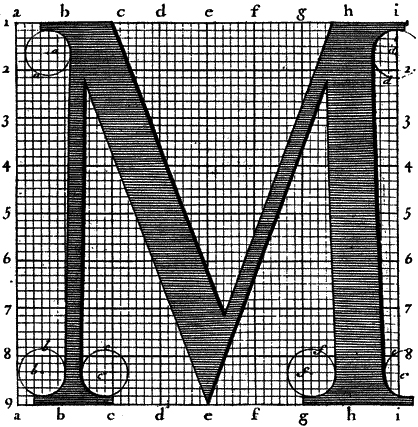the rise of deco
the marbled endpapers of her journal
“[N]ow the seal of evening was on the wooded hillsides and on the pastures. The sky broke into bands and whorls of muted color until the entire west was like the marbled endpapers of her journal.”
—Charles Frazier, Cold Mountain, 1997.
2001: A Space Rainbow in Curved Air
In the post-modern mash-up tradition of The Wizard of Oz and Pink Floyd’s Dark Side of the Moon, it’s the “descent to Jupiter” from 2001 and Terry Riley’s A Rainbow in Curved Air. I ran into this last night. And I don’t know . . . what would you call it?
a printer ink war
Here’s a headline that caught my eye: Printer ink tops $1000 a barrel. The situation is dire. According to UK news source News Biscuit, “In some parts of the world, people are having to print out documents
in blue or even green ink, continually having to pause to over-ride the
irritating instruction from their bleeping printer to change the black
ink cartridge.”
“‘Typical ink development might have five PhD chemists working on it for several years, and of course an army of technicians,’
says Nils Miller, an ink and media senior scientist for HP. ‘And that was just to develop it.’” Oh, ok. That explains everything.
Forget oil. Forget water. World War 3 may be a printer ink war.
a suspicion of brilliantine
“At seven thirty, her cheeks glowing and her high-piled hair gleaming with a suspicion of brilliantine, Evylyn descended the stairs.”
—F. Scott Fitzgerald, The Cut-Glass Bowl, from Flappers and Philosophers, 1920.
planets and nebulae of cigarette smoke
“Wendesday there was a four-hour wrangle in a conference room crowded with planets and nebulae of cigarette smoke.”
—F. Scott Fitzgerald, Crazy Sunday, from Taps at Reveille, 1935.
all pretence of colour
“After a while the coat of clean white paint on the Jeffrey Curtain house made a definite compromise with the suns of many Julys and showed its good faith by turning grey. It scaled—huge peelings of very brittle old paint leaned over backward like aged men practising grotesque gymnastics and finally dropped to a mouldy death in the overgrown grass beneath. The paint on the front pillars became streaky; the white ball was knocked off the left-hand door-post; the green blinds darkened, then lost all pretence of colour.”
—F. Scott Fitzgerald, The Lees of Happiness, from Tales of the Jazz Age, 1922.
the Romain du Roi
‘What a car!’
“‘Gosh! What a car!’ This ejaculation was provoked by its interior. John saw that the upholstery consisted of a thousand minute and exquisite tapestries of silk, woven with jewels and embroideries, and set upon a background of cloth of gold. The two armchair seats in which the boys luxuriated were covered with stuff that resembled duvetyn, bus seemed woven in numberless colours of the end of ostrich feathers.
‘What a car!’ cried John again, in amazement.”
—F. Scott Fitzgerald, The Diamond as Big as the Ritz, from Tales of the Jazz Age, 1922.
the ultimate prison
“There was a room where the solid, soft gold of the walls yielded to the pressure of his hand, and a room that was like a platonic conception of the ultimate prison—ceiling, floor, and all, it was lined with an unbroken mass of diamonds, diamonds of every size and shape, until, lit with tall violet lamps in the corners, it dazzled the eyes with a whiteness that could be compared only with itself, beyond human wish or dream.
Through a maze of these rooms the two boys wandered. Sometimes the floor under their feet would flame in brilliant patterns from lighting below, patterns of barbaric clashing colours, of pastel delicacy, of sheer whiteness, or of subtle and intricate mosaic, surely from some mosque on the Adriatic Sea. Sometimes beneath layers of thick crystal he would see blue or green water swirling, inhabited by vivid fish and growths of rainbow foliage. Then they would be treading on furs of every texture and colour or along corridors of palest ivory, unbroken as though carved complete from the gigantic tusks or dinosaurs extinct before the age of man. . . .”
—F. Scott Fitzgerald, The Diamond as Big as the Ritz, from Tales of the Jazz Age, 1922. The ellipses are his.

